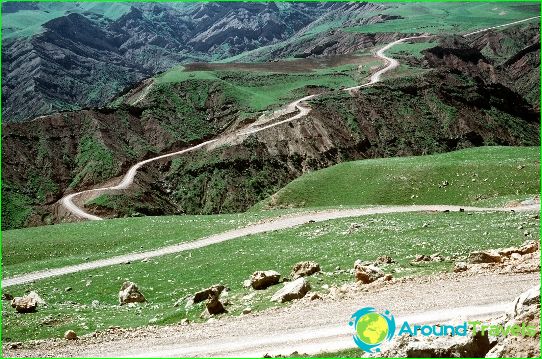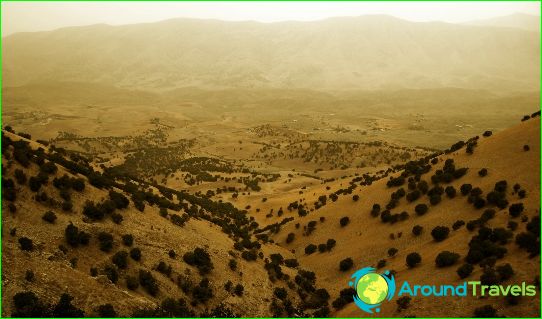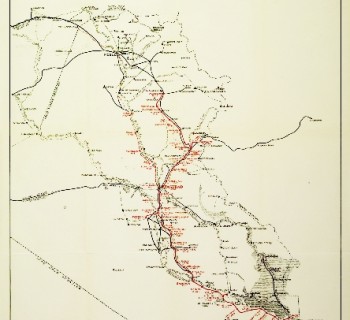Iraqi provinces

The country is in a difficult situation, the ongoing hostilities have reduced the tourism potential of Iraq to zero. Who wants to come here if there is a constant threat to life and health.
Meanwhile, many governorates or, as they are also called, the provinces of Iraq keep monuments of rich history. There are architectural sights, natural complexes, and ethnographic exoticism here..
Abbasid palace
It is a national treasure of Iraq, the beginning of construction dates back to the XII century. The location of the unique architectural complex is Baghdad. The first owners were representatives of the dynasty of caliphs, descending from the prophet Muhammad. The construction in Baghdad helped to strengthen the city's reputation as the center of the Arab world.
Many of the tourists feel like they are in a fabulous oriental palace. The golden age of the development of Iraqi art is represented through openwork brick ornaments with gilded bronze details. During the construction and interior decoration of interiors, mirrors, marble, mosaics were actively used. The best marble, plaster and wood carvers left their works here.
Muslim shrines
One of them is located in the city of Najef and is the center of the religion of Islam. We are talking about the mosque of Imam Ali, a person who is considered sacred for the entire Muslim world. In addition, it is believed that not only Imam Ali, but also Adam and Noah are buried in this cult place..
Iraq, which during its centuries-old history has often become a site of hostilities, almost lost the shrine several times. However, the damaged building is immediately restored by believers, as it is a symbol of faith and the invincibility of the spirit of Muslims..
Magic Amedia
This is the name of a small Iraqi village located in the province of Dahuk. Historians claim that in the III millennium BC. e., people already lived here. According to legends, the first inhabitants were the Persian Magi or priests..
It was very difficult to get to the village, since it was located high in the mountains, a narrow staircase led to it, which instantly closed if the inhabitants felt danger from guests from the valley. Today Kurds, Chaldeans and Jews continue to peacefully coexist here. In the vicinity of the village you can see the ruins of religious buildings belonging to different denominations, a Christian church, synagogue, Assyrian temples.




